Chances are you landed on this site because you are either considering digital transformation for your business or trying to understand what headless commerce is. Or perhaps you are migrating your platform and searching for the right choice for your business. Thus, while in the midst of your search, you may have many questions coming across your mind: what is headless commerce exactly and how can it help my business to grow; how long does it take to implement; is it worth investing, and do I have to reinvent the wheel to implement headless commerce?
In this blog, we will provide you with objective explanations for some of the most commonly asked questions about Headless Commerce.
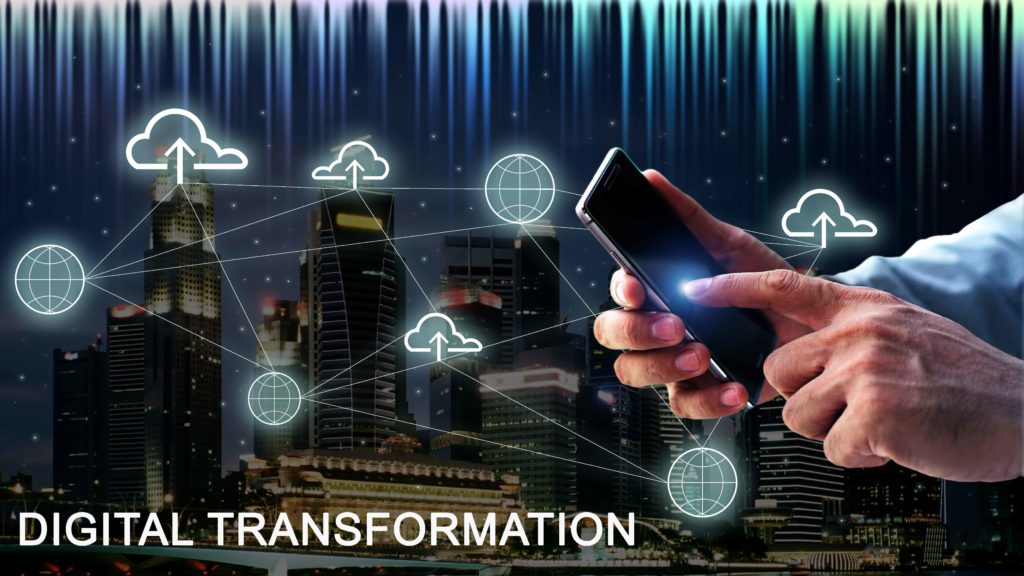
1. What Is Headless Commerce?
Headless Commerce is simply the complete separation of the front-end from the back-end commerce functionality. The front end is where the customer interface takes place (user experience UX) and the back end is where the functionality and business logic behind this interface occurs. For example, a customer places orders online, adds to shopping carts, loads a product catalog, or stores information through Application Programming Interfaces (APIs). The back-end and front-end presentation layers are connected using APIs, and content can be displayed wherever a business wants or customers are located.
The beauty of Headless Commerce is that it allows new user experiences to be created without affecting the back end. This complete separation allows both ends to work separately and independently from one another at their own pace. In other words, you can create or change your customers’ experiences without impacting other customer experiences you already have in place. Indeed, this flexibility empowers businesses to create a customized experience for their customers through whichever front-end devise they are using. In addition, it uses customers’ data such as past purchases, to enable personalized experiences. For example, include promotions, offers, and browsing capabilities that are relevant to each customer.
2. What are Headless Commerce APIs?
Simply Application Programming Interfaces (APIs) are third-party tools used to connect separate software programs. To clarify, APIs are the connecting point between back-end business logic and the front-end, the customer interfaces, and the presentation layer. Thus, APIs enable developers to create user experiences on any screen or platform the customer desires. Likewise, it allows for a more flexible front end, creating a more dynamic interface or shopping experience. For example, if you are given the choice to sign in with a program through Facebook, Google, or other programs, an API will enable that exchange of information to provide you with access.
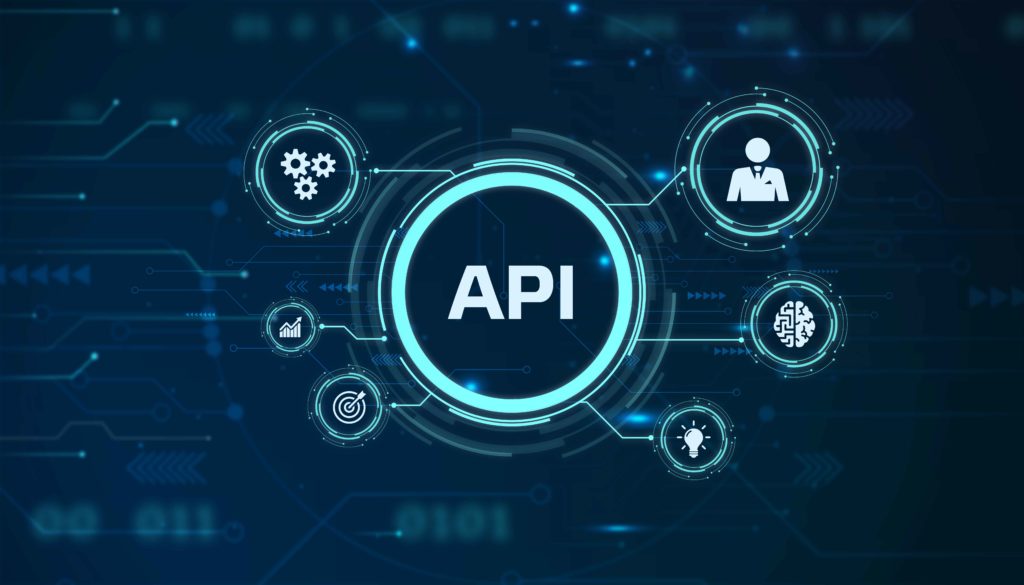
3. What is Headless Architecture & How Does It Work?
A headless architecture is achieved by enabling these APIs to communicate between the front-end customer interface and the back-end. The front and the back end layer are decoupled and completely separated, they work independently at their own pace to create new user experiences without risking old ones. Thus, front-end developers use these APIs to deliver customer experiences to any front-end screen or device with any platform the customer desires. In other words, developers got the flexibility to build custom interfaces for mobile, tablets, smart TVs, or any other device where a customer might want to shop.
By leveraging a headless architecture developers have more room for flexibility, enabling limitless customizations for customer experiences. In addition, it allows front-end developers to practice creativity, create innovative options, and experiment with new ideas without disturbing the user experience.

4. How can Headless Commerce Benefit and Empower Your Business?
Most importantly, headless commerce allows your business to think beyond the simple storefront, shopping cart, and checkout, and take things a step further.
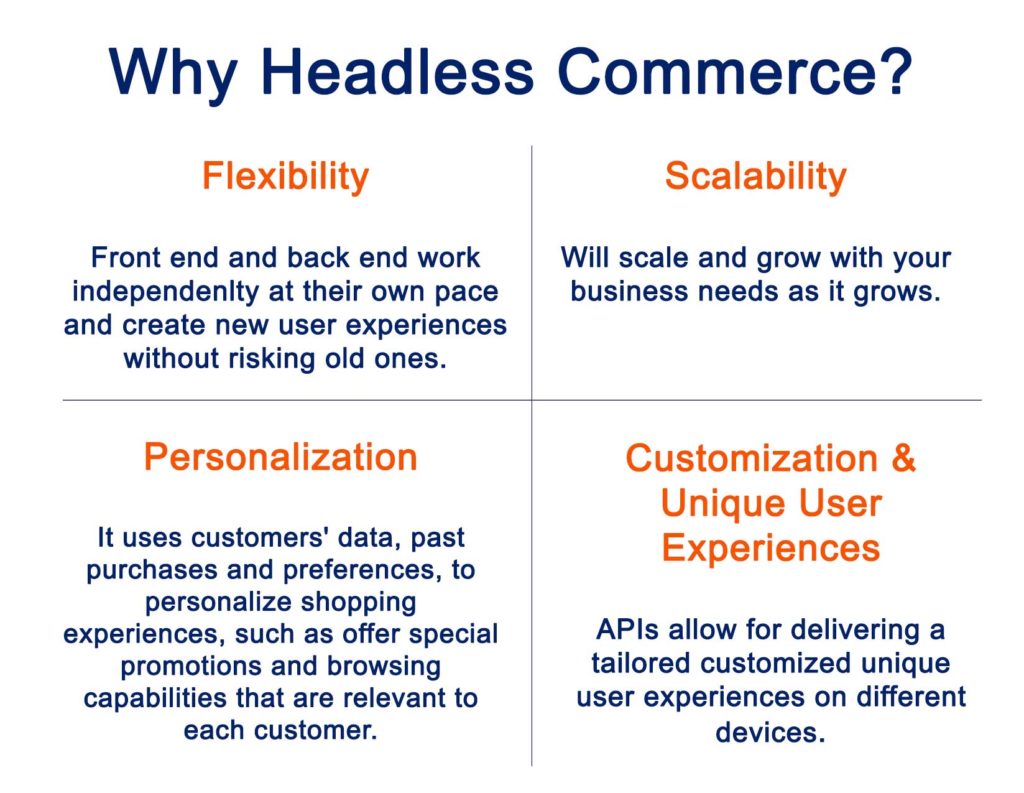
Here is how headless commerce can empower your business:
- Unlimited Customization: allows for creating unique user experiences
- Seamless Customer Experience: Provides a consistent customer experience across multiple sales touchpoints
- Personalized Customer Experiences: Provides special offers and discounts to customers based on data of their previous purchases and preference
- Omni-Channel Experience: Provides seamless customer experience whether the customer is shopping online from a cell phone, a tablet, a laptop, or in-store.
- Unified Commerce Experience: This enables users to create a unified commerce experience that allows customers to begin a purchase journey at one point and seamlessly finish it at another.
- Creativity and Innovation: Allows for experimenting with innovative new ideas and touchpoints to meet customers’ expectations without disturbing the back-end logic.
- Flexibility: Allows the ability to upgrade systems without disturbing the user experience
- Agile Marketing: Supports adopting new technologies
- Seamless & Fast Integrations: Headless APIs allow platforms to communicate with each other easily, allowing fast and easy integration to 3rd party apps
- Seamless Data Transfer: Allows for smooth data transfer between different platforms
- Speed to Market: developers can deliver new products or services with improved speed to market
- Scalability: Will scale with your business needs
- Security: Separating functionalities into microservices can improve security and website speed
- SEO Optimization: allows for increased website performance
- Cost Saving: Has relatively low total cost of ownership (TCO) compared to traditional monolithic commerce
5. What are the Differences Between Traditional eCommerce Vs. Headless eCommerce?
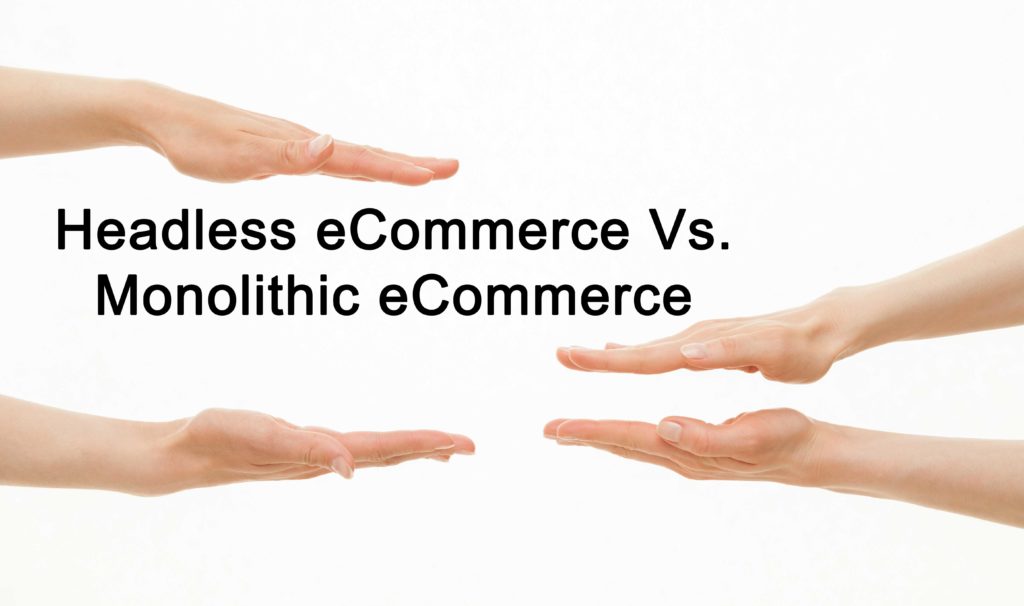
Traditional monolithic eCommerce is structured with set pieces at the front and back ends. These fit together to support a predetermined experience for the user (web-based). Thus, for customers, front-end interface experiences are tightly coupled to the back-end commerce functionalities. Similarly, the eCommerce architecture is very solid. As a result, if changes are needed to happen, it can be a long and expensive process. Also, it makes it difficult for businesses to create all other channels for other buying experiences such as social, voice purchases, or chatbots which customers want today.
Headless commerce is more agile. The decoupling of the front and back ends allows for easier adoption of new technologies and API integrations. Consequently, businesses can respond faster to industry innovations and dynamic customer needs. Businesses are not limited to one channel. On the other hand, they can easily and seamlessly enable the same experience to all sorts of devices. Since all customer experiences leverage the same back-end commerce and customer data, they are seamless for customers at all touchpoints.
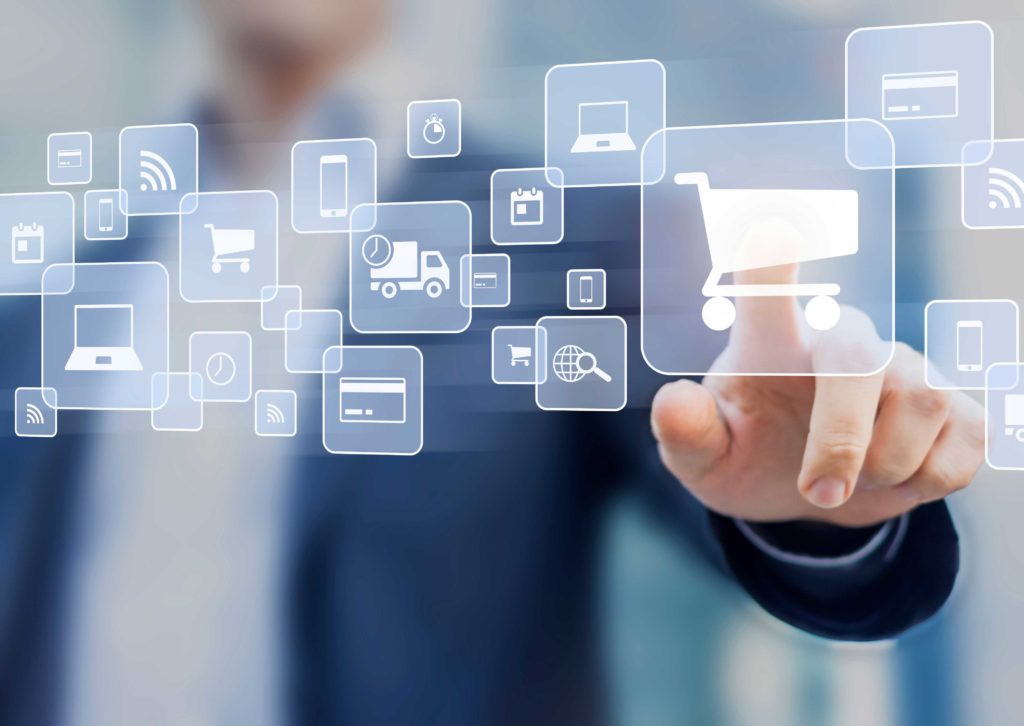
6. Does Headless Lower Your Total Cost of Ownership (TCO)?
As a matter of fact, headless commerce provides a better value than legacy platforms. With Headless, you can select the most optimal service with the best pricing since you have several vendors to choose from. Thus, you have the freedom to pick and choose the features and services that fit your business needs. Unlike legacy commerce, which had a fixed set of fixed features that you have to pay for whether you need them or not. You may pay extra for features and services you don’t need.
Simply, headless commerce is considered a smarter financial choice for growing businesses for several reasons:
- First: It lowers your operational and maintenance costs.
- Second: Its architectural structure does not require large capital.
- Third: Will scale with your business needs as it grows, saving in the longer term.
- Forth: Allows for adding new sales channels to capitalize on your business growth and revenue.
- Fifth: No added unseen surprise extra cost for upgrades, special language programming, or specialist developers required.
7. Is Headless Commerce “Future-Proof?”
According to Forrester’s research, “Future-proof eCommerce allows you to evolve your customer experience and adopt any new touchpoint without being dependent on your eCommerce vendor to enable that touchpoint. With little effort, you can add or replace new experiences.”
If your platform is not headless, then integrating new sales channels could be challenging which could limit your market exposure. For example, it will be difficult for your online stores to integrate new sales channels like add-on sales, promotions, and discounts which means losing business. But with Headless, you can customize your platform, add new features, sell via new touchpoints, or integrate the latest tech like AI and voice commands. All this is possible. Not only you will open new sales channels, but also capture more customers.
Most important, a headless architecture structure is flexible and customizable enough to accommodate the dynamic needs of today’s customers. Simply, to future-proof your eCommerce platform is best utilized when businesses leverage the power of headless architecture.
8. Will My Customer Notice Anything Different On My Website?
The answer is No. Your customer will not feel any difference on your site. On the other hand, your customer may even notice some benefits like better speed and accessibility.
9. Can I implement a Headless Platform Without Re-Inventing the Wheel?
The beauty of headless migrations is that you can keep your favorite CMS solution in place and avoid a full AND costly re-platforming! By nature, like any eCommerce implementation, there will be some downtime, yet still, it can be minimized. DigiCommerce experts can seamlessly integrate your commerce platform with your preferred headless platform quickly and without reinventing the wheel!
B2B Connect solution, powered by DigiCommerce, enables your business to quickly implement and deploy B2B Solutions within your preferred headless platform. B2B Connect is a headless pre-composed, business-ready solution for B2B, B2C, and D2C Commerce. Above all, it provides a fast launch simple to complex eCommerce experiences with advanced quoting workflows, account management, subscriptions, complex catalog support, role-based access, and more. B2B Connect is a pre-integrated to fabric, BigCommerce, and Elastic Path headless platforms.

10. What are the most common headless solutions I will need to implement in my platform?
There are many headless commerce solutions in the market. But, what is more important is to pick the right ones that are most essential for your business and best fit for your business needs.
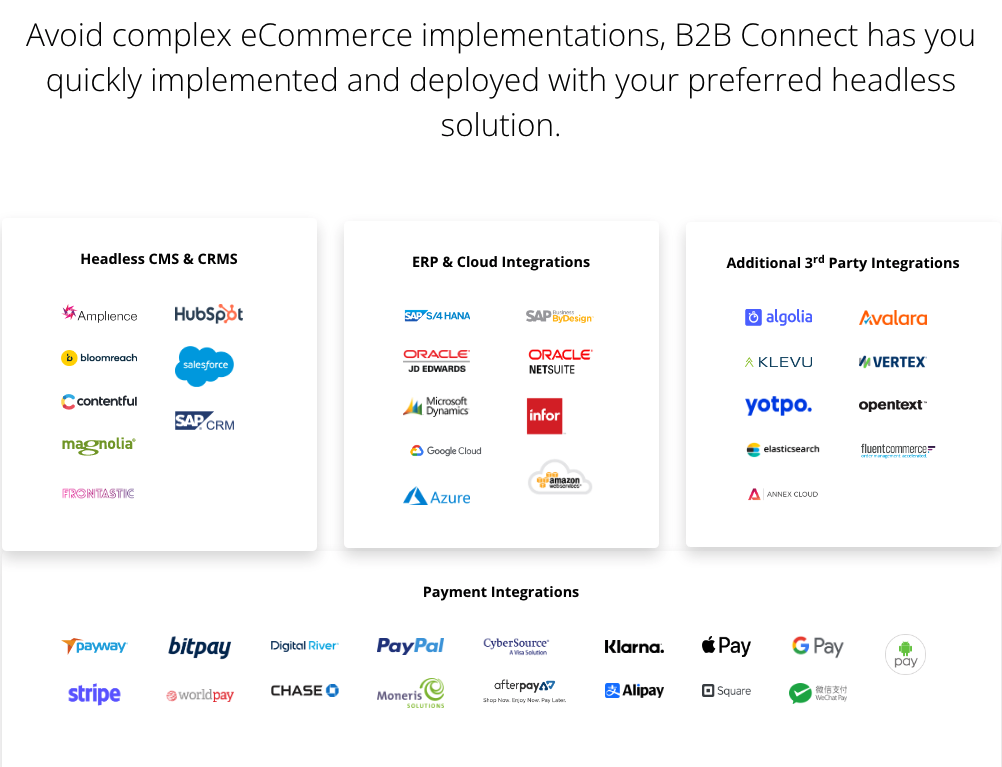
11. What Questions Should I Ask Before Going Headless?
Have you done your due diligence in searching for the best solution for your company? With the many benefits of headless commerce, start with these questions to help make your decision and evaluate what requirements you may need; if you decide headless commerce is right for you.
For B2B :
- Would my current commerce platform allow my business to scale?
- Does my current commerce platform allow me to reach out to global customers? Does it have multi-language & multi-currency features?
- Will my B2B customers require out-the-box features like elastic search, one-click checkout, split orders, account-level pricing, and a self-service portal?
- Does my business need a procurement solution to connect with my B2B buyers via a punch-out catalog?
- Which third-party platforms do I need to integrate with?
- Would my business require multiple payment gateway support?
- Does my current platform allow for SEO optimization?
- Do I need an advanced quote management solution to facilitate the purchasing process for my B2B customers?
- Do my B2B customers require to manage their accounts on multi-level hierarch and assign roles with permission access?
- What are the potential long-tail, surprise maintenance costs?
- Is my current technology commerce platform scalable?
- Is my agency partner capable of providing me what the right knowledge and platform I need for my business?
For B2C:
- Do I have a good understanding of third-party integration requirements for my business, and vendors such as CRMs?
- Do I need a marketing and analytic tool?
- Does my current commerce platform support Omnichannel?
- Do I need to customize my front-end experience for my customers?
Other General Questions To Consider:
- What does my analytics tell me?
- Does my current platform allow for creativity, customization, and personalization for the user experience?
- What are the desired features for my customers that I need to integrate into my platform?
- Do I need to consider analytics, marketing, and shipping options while choosing my headless platform?
- Do my customers have a friendly and smooth user experience?
- What competitive advantages my storefront creates for my customers?
- How long will it take to implement headless? Do I have a solid infrastructure architect to use?
- How much will it cost to have 24/7 technical support?
- What are the costs for headless solution development, implementation, hosting, and third-party integration?
- Does the architecture/infrastructure of my current platform allow for scalability?
12. Next Steps: Is it time to make the switch?
If you think your traditional eCommerce platform no longer satisfies your business needs and requirements. Or if your business plan is to scale rapidly. Then, this is the time to make the change happen. Similarly, if you are looking for an agile, fast, scalable, customizable platform that allows you to innovate quickly, personalize your customer experience, and scale rapidly with your business as it grows. Then, you need to switch to a Headless platform.
“DigiCommerce, along with our partners, provide our customers with the most innovative eCommerce business solutions across the globe.
DOMENICO D’AVIRRO
We can guide you to align your business goals and take full advantage of the latest technology to drive measurable results for your organization.”
DIGICOMMERCE PRESIDENT & CEO
A headless commerce solution can offer you flexibility based on a modular architecture to innovate and customize where it really matters for your customers. On the other hand, maybe you need to launch a relatively simple business (small to medium product catalog, with one to two routes to market) ASAP.
DigiCommerce experts can help you understand the requirements for transition, and guide you through the migration process. Most importantly, we help you to avoid complex implementations and advise you with the most creative and cost-effective business solutions that fit your business needs.
More Questions?
Learning more about headless commerce and how it works is an essential step before implementing the headless model in your business to be well-prepared to face the future. You can always contact us if you have additional questions or want to explore options for headless commerce implementations.
DigiCommerce is a full-service agency that excels in providing leading-edge commerce solutions for your business and helps you drive measurable results for your organization.


